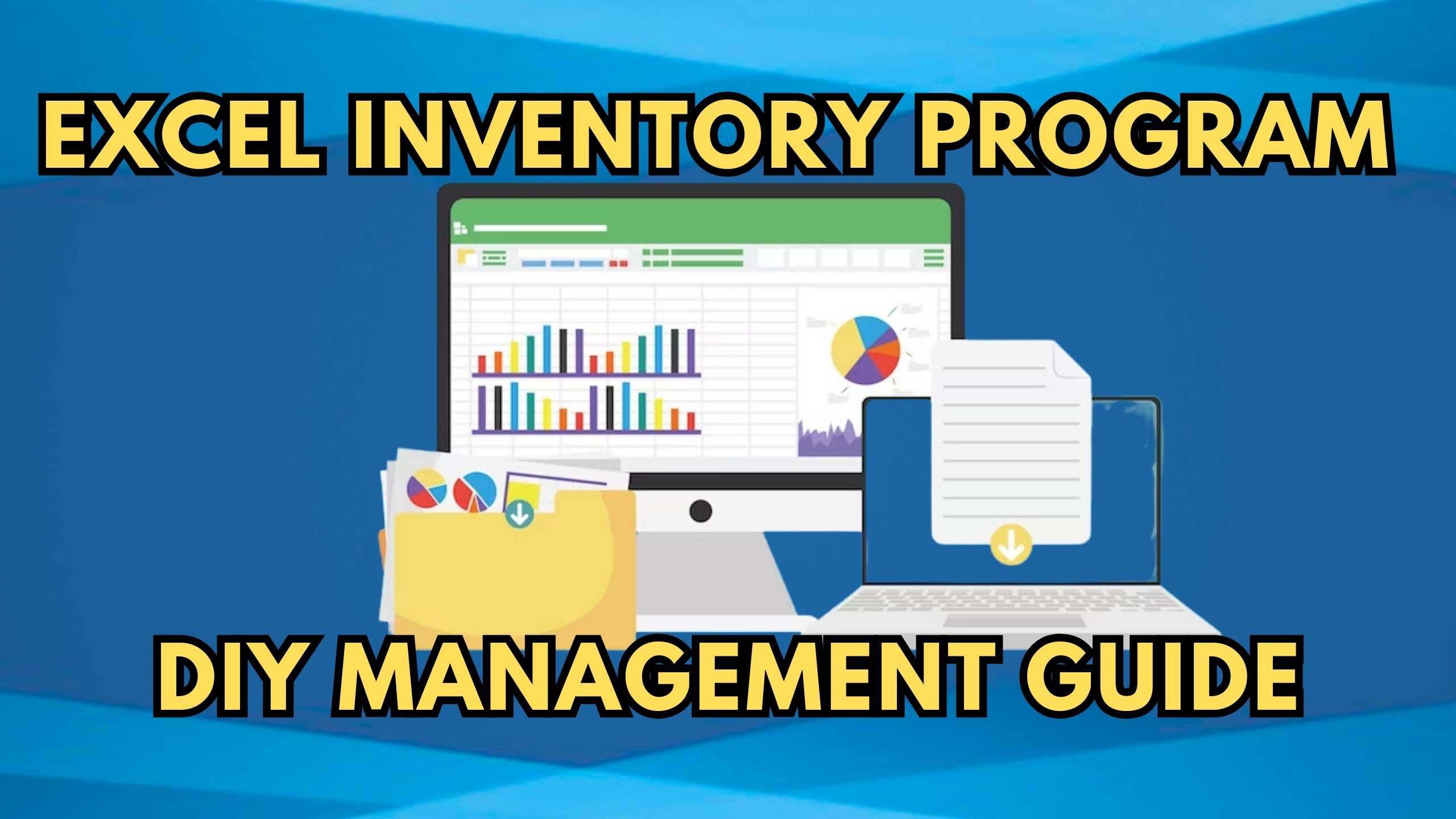Excel Inventory Program: DIY Management Guide
-


Excel Inventory Program: DIY Management Guide
Creating an inventory management program in Excel can be a game-changer for businesses looking for a cost-effective solution. In this comprehensive guide, we will walk you through the steps of building your DIY Excel inventory program and introduce SaaS products that can enhance and automate your inventory management process.
1. Understanding Your Inventory Needs
Before diving into Excel, it’s crucial to define your inventory management requirements. Identify key data points such as product names, quantities, and categories. Airtable is a versatile SaaS tool that allows you to design customized databases, making it an ideal companion for businesses with diverse inventory needs.
2. Structuring Your Excel Spreadsheet
A well-organized Excel spreadsheet is the foundation of your DIY inventory program. Create columns for essential data, such as item names, quantities, prices, and dates. Ensure seamless data entry and tracking using tools like Tiller that integrate financial data directly into your Excel sheets, automating the process and reducing errors.
3. Utilizing Formulas and Functions
Excel’s powerful formulas and functions can automate calculations, reducing manual effort. Implement SUM and COUNT functions for quantity tracking and valuation. Smartsheet is another collaborative platform that integrates with Excel, offering enhanced functionalities for automated calculations and collaborative data management.
4. Conditional Formatting for Visual Alerts
Implementing visual alerts enhances your inventory management. Excel’s conditional formatting can highlight low-stock items or approaching expiration dates. For advanced visualization and real-time collaboration, consider Zoho Sheet, a cloud-based spreadsheet tool with collaborative features.
5. Data Validation and Drop-Down Lists
Ensure data accuracy by implementing data validation and drop-down lists. This feature reduces errors during data entry. Google Sheets is a cloud-based alternative that seamlessly integrates with Excel, providing collaborative features and data validation options.
6. Regular Backups and Version Control
Prevent data loss and maintain version control by regularly backing up your Excel inventory program. Consider cloud storage options such as Dropbox for secure and accessible backups. It ensures that your inventory data is protected and easily recoverable.
Recommended SaaS Products
- Airtable: Tailor your database to meet diverse inventory needs with Airtable’s versatile and customizable platform.
- Tiller: Integrate financial data seamlessly into your Excel sheets, reducing manual effort and ensuring accurate tracking.
- Smartsheet: Collaborate and automate calculations with Smartsheet, enhancing functionalities beyond Excel’s capabilities.
- Zoho Sheet: Opt for real-time collaboration and advanced visualization with Zoho Sheet’s cloud-based features.
- Google Sheets: Ensure data accuracy and collaborative efforts by seamlessly integrating Google Sheets with your Excel inventory program.
Conclusion
In conclusion, creating a DIY Excel inventory program is a cost-effective way to manage your inventory. By leveraging Excel’s functionalities and incorporating SaaS tools like Airtable, Tiller, Smartsheet, Zoho Sheet, Google Sheets, and Dropbox, you can enhance automation, collaboration, and data accuracy in your inventory management process.
Optimize Your Inventory Management with Subscribed.fyi!
Ready to take your inventory management to the next level? Subscribed.fyi offers an all-in-one solution for managing your SaaS stack. Sign up for free and unlock exclusive deals on top-tier tools, optimizing your DIY Excel inventory program and streamlining your business processes.
Relevant Links:





